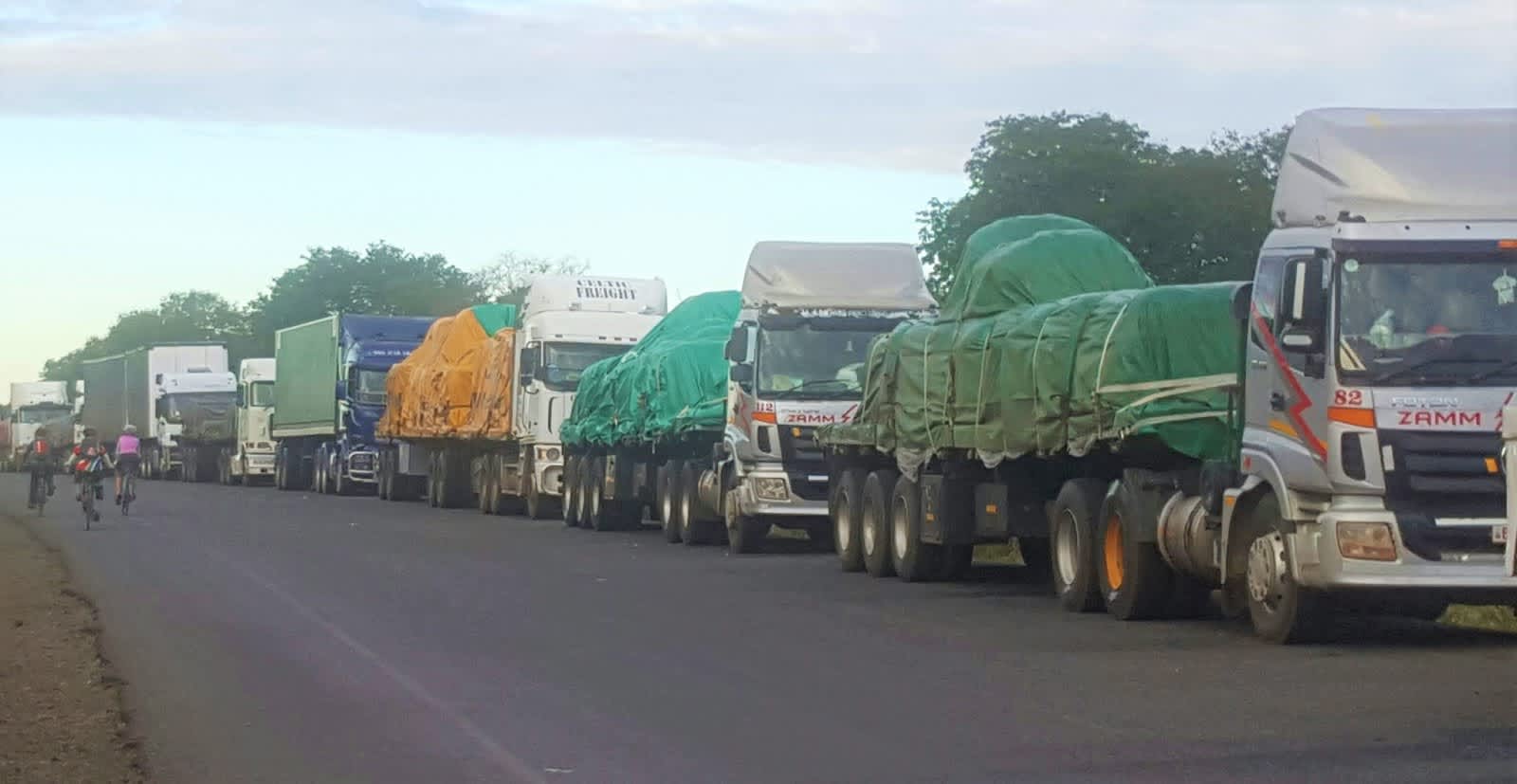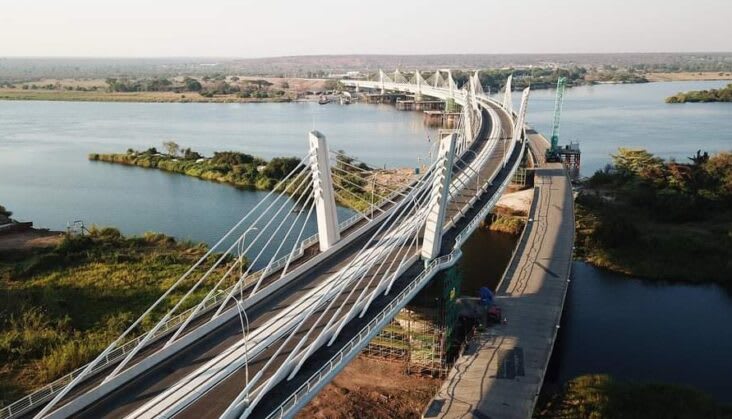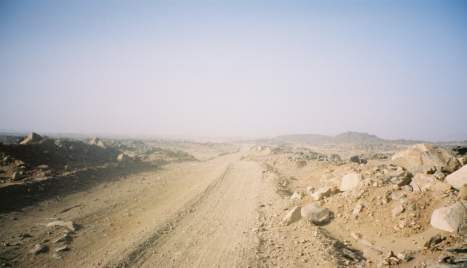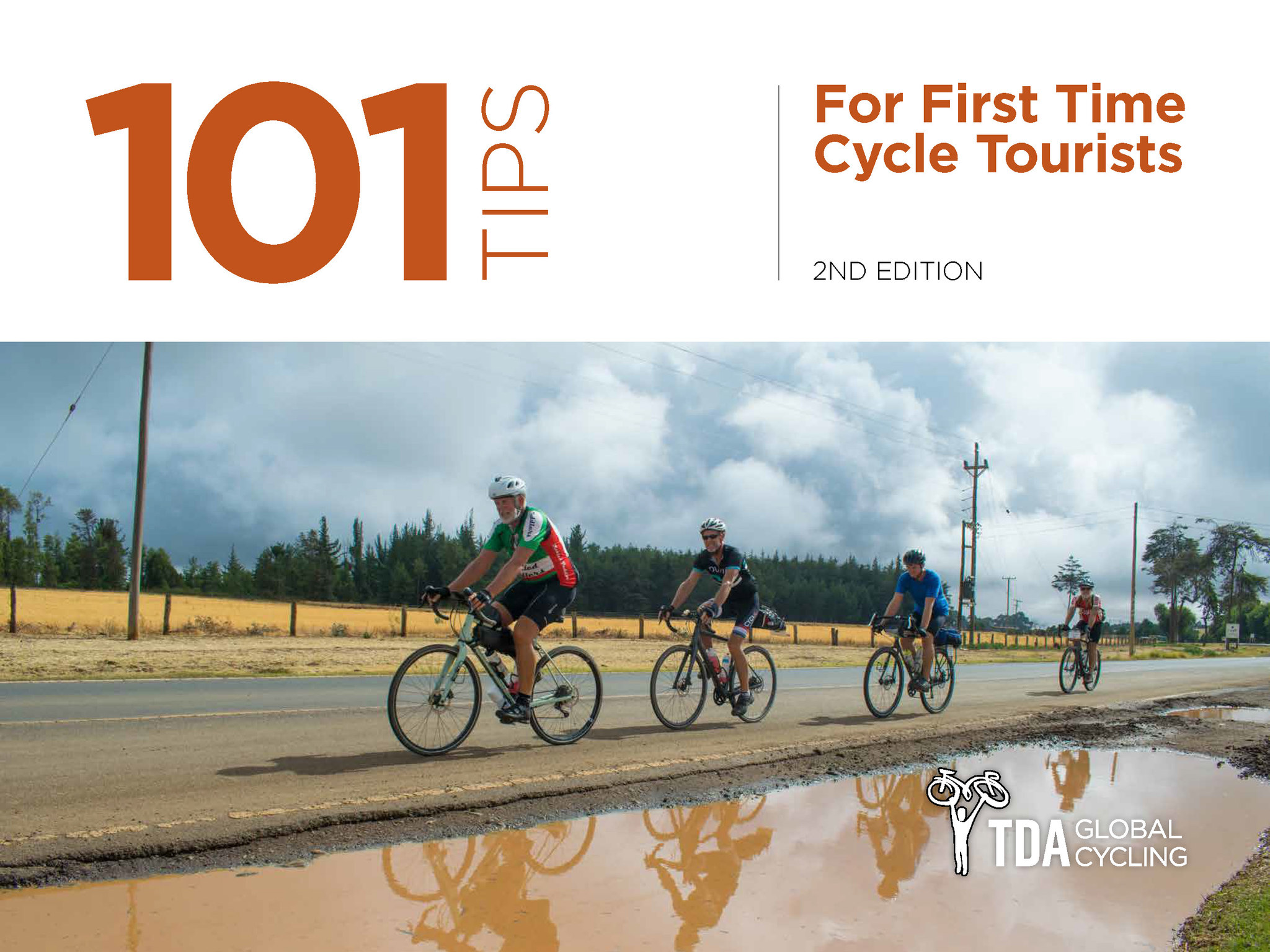Blog
The Kazungula Ferry: A Bridge Too Far?
Over the past few months, in preparation for the 20th anniversary of the Tour d’Afrique Cycling Expedition, we have been looking back at some of the changes that have occurred over the years. From the unique Red Box storage system to the unbelievable ferry ride across Lake Nasser, from the lava rock road in northern Kenya to the nightmare road from Wadi Halfa to Dongola in the Sudan, from the Dodoma Road across Central Tanzania to the Dinder experiment in southern Sudan – these are experiences that, for better or worse, have vanished from the Tour d’Afrique forever. This coming year, 2022, marks the end another unique African journey on this cycling adventure.

Every year, except for 2003 when the route went through Zimbabwe, the cyclists of the Tour d’Afrique have arrived on the dusty banks of the Zambezi River. The Zambian dock area was, as described by our 2006 staff, “a colourful jumble of shanties serving cokes, bureaucrats stamping papers, idling trucks and waiting African families.” The riders changed money, passed through customs and readied themselves for a rather unique ride across its swirling waters to Botswana. The method? A couple of ancient ferries. Actually, ‘ferries’ is a rather grand word to describe what, in fact, were a couple of glorified pontoon rafts – one owned by Botswana and the other by Zambia.

2017 Tour d’Afrique rider Michael Treloar described the scene at the dock – “The ferry crossing was absolute [un]organized chaos! There was no system whatsoever, it was a total free for all, with vehicles, cyclists and pedestrians all trying to board at the same time, before the ferry started moving again.”

Trucks lining the road to the Zambian/Botswana Border (credit: Michael Treloar)
The 400 metre crossing itself took a mere 5 minutes but the wait for truckers could be, well, ridiculous. One year our tour leader noted that “On the Botswana side of the border, about 300 trucks are lined up waiting to cross over for points headed north, through Zambia. At the present pace, a single 18 wheeler truck per ferry crossing, one driver estimates that it will take him three days to get through the border.”

The crossing was fascinating for a number of reasons beyond the magical voyage across the river’s crocodile infested waters. It is claimed that this is the only place in the world where 4 countries meet – Zambia, Botswana, Namibia & Zimbabwe. This geographical quadripoint means that a ferry passenger would pass through 4 countries on the brief crossing! As TDA staffer, Brian Hoeniger, has written, “At one point the boat does an upstream push towards an island that is in Namibia before drifting downstream to the other side. Moreover the landing on the Botswana side happens on a spur that is actually Zimbabwean soil – the Zimbabwe border fence just happens to have been moved very slightly east so that once off the boat traffic can proceed unhindered over the last 100 yards to Botswana border control.”

However, this unique feature has created tensions, especially during the Apartheid era. According to Hoeniger, “During the Zimbabwean War of Independence, the “rebel” ZANU-PF fighters used the ferry to smuggle arms into then Southern Rhodesia. In response the Prime Minister of the pariah Rhodesian state, Ian Smith, had his air force bomb and sink one of the ferries in mid-stream, in order to discourage this practice.” In addition, there have been a number of tragic accidents. In 2003, an overloaded truck caused one ferry to capsize, killing 18 people, and in 2006 another ferry flipped, this time without fatalities. The ferries were also frequently out of service. Their design was American based and spare parts were hard to find, the nearest supply being in Cape Town, South Africa, meaning any mechanical issues could take days or weeks to fix.

The new Kazangula bridge. Photo credit: The Africa Report
The new bridge was certainly needed for the local economy. The structure is just over 923 metres long and has two car lanes in each direction, a single rail track in the middle and pedestrian walkways on either side. It took over 20 years of planning and negotiations to complete. The unique curved design is a nod to geopolitics in that it only passes through the territories of Zambia and Botswana, avoiding Namibia and Zimbabwe.

The 2 ferries have now been decommissioned. The Zambian one will be used in a new location elsewhere in the country and the Botswana ferry is to be converted into a restaurant in nearby Kasane. Perhaps on future editions of the Tour d’Afrique, the riders will be able to visit the planned eatery to get a feel for the experience of past ferry crossings.

The world moves on and the route of the Tour d’Afrique changes and adapts to whatever developments it faces but perhaps Lawrence Thebe, Managing Director for Botswana’s Central Transport Organization, put it best when he recently commented that, “It is so beautiful when you look at the sun setting and the whole package that comes with riding the ferry is going to be missed.”
 REGISTER NOW
REGISTER NOW




4 Comments for "The Kazungula Ferry: A Bridge Too Far?"
I’m so sorry to hear about the end of this ferry, which I missed in 2018, and the one across Lake Nassar which was a truly spectacular few hours – one of the top highlights of the tour. Sad to see both of them gone…
It is getting easier and easier 😉
What I remember most was that some of the trucks had been waiting for days to cross
Ahh, I used that “ferry” to cross into then-Rhodesia via Botswana in 1977 after an eight-months in Black Africa on a truck ‘expedition’ from London to Nairobi, then on my own via public transportation heading south. It was the only place you could legally cross overland between Black and White Africa. Thankfully (I presume) the crossing was before Ian Smith’s airforce bombed it. (After a month in Rhodesia, I returned to Canada before revisiting the country as an expatriate journalist from 1978-80, living through the end of the Rhodesia/Zimbabwe civil war.)
The idea of cycling through Africa intrigues me; I’m certainly healthy enough to do it, but I doubt my wife would be happy for me to take so long away from her/home for so many months.